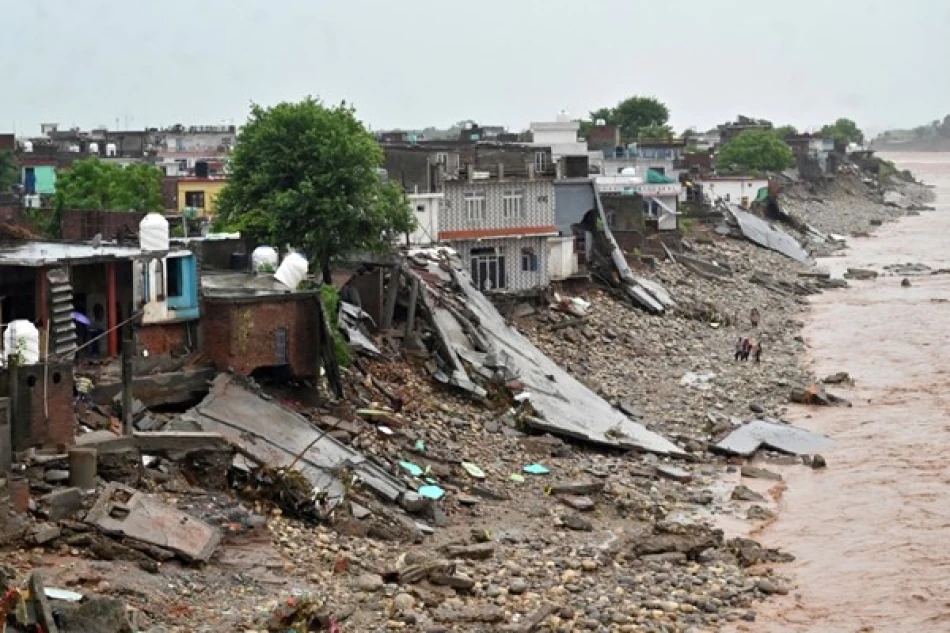
Deadly Landslide Claims 30 Lives in India's Remote Region
Deadly Landslide in Kashmir Claims 30 Lives as Climate Extremes Test India's Mountain Infrastructure
A devastating landslide triggered by torrential rains has killed at least 30 people on a popular tourist route in India's northern Jammu region, highlighting the growing vulnerability of the Himalayan territory to extreme weather events. The disaster has prompted authorities to issue overnight curfews and close educational institutions as communication networks remain severely disrupted across the region.
Infrastructure Under Siege
The landslide struck a well-traveled tourist corridor in Jammu, part of the union territory of Jammu and Kashmir, where visitors frequently transit between popular destinations. Heavy rainfall measuring 368 millimeters in a single day on Tuesday overwhelmed the region's drainage systems and destabilized the mountainous terrain.
Omar Abdullah, Chief Minister of Jammu and Kashmir, confirmed that communication services across the affected area are "virtually non-existent," with authorities scrambling to restore connectivity. The communication blackout compounds rescue efforts and prevents accurate assessment of the full extent of casualties and damage.
Weather System Intensifies Regional Risks
India's meteorological department has forecast continued heavy rainfall accompanied by thunderstorms and strong winds across the mountainous Ladakh region, with more intense precipitation expected in the Jammu and Kashmir union territory. This weather pattern reflects broader concerns about the Himalayan region's increasing susceptibility to extreme precipitation events.
The flooding has forced officials to implement precautionary overnight stay-at-home advisories, effectively placing communities under temporary lockdown during the most dangerous nighttime hours when visibility is poor and rescue operations become nearly impossible.
Tourism Economy Faces Mounting Challenges
The disaster strikes at a critical time for Kashmir's tourism sector, which serves as an economic lifeline for the region. Tourist routes like the one affected by the landslide generate significant revenue and employment, particularly during peak travel seasons. Repeated infrastructure failures due to extreme weather events threaten to undermine visitor confidence in the region's safety standards.
Similar mountain tourism destinations worldwide, from the Swiss Alps to Nepal's trekking regions, have invested heavily in early warning systems and reinforced infrastructure to protect both residents and visitors from weather-related disasters.
Climate Adaptation Becomes Urgent Priority
This latest tragedy underscores the urgent need for enhanced climate resilience measures across India's northern mountain regions. The frequency and intensity of extreme rainfall events in the Himalayas have increased significantly over the past decade, overwhelming infrastructure designed for historical weather patterns.
The closure of educational institutions in Jammu demonstrates how extreme weather now routinely disrupts basic services across the territory. As climate patterns continue shifting, regional authorities face mounting pressure to develop more robust disaster preparedness and response capabilities that can protect both permanent residents and the millions of tourists who visit Kashmir annually.
 Layla Al Mansoori
Layla Al Mansoori







